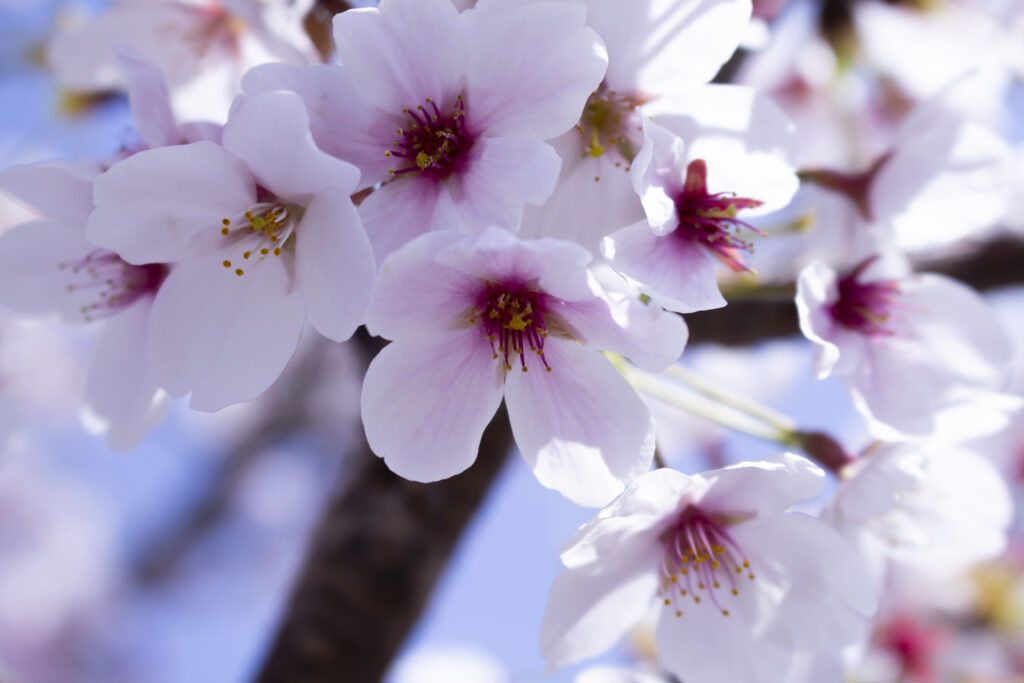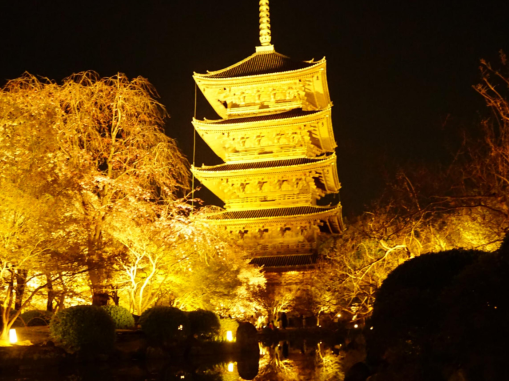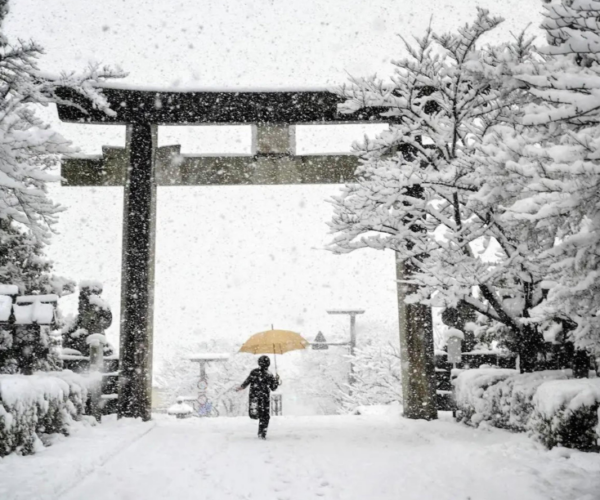Biking around Hyogo to build connections between cultures
This article originally appeared in the April 2023 issue of CONNECT.
Jon Solmundson (Hokkaido)
 1000 kilometres on a well-loved, second-hand mamachari?
1000 kilometres on a well-loved, second-hand mamachari?
Amy Joy chuckles and, with only the slightest moment of hesitation, offers some reassurance: “I’m. . . a little concerned, especially about the mountains, but I’m prepared for the worst. I’ve got a tyre repair kit and a pump. I’ve got a basket cover so, in case it rains, it can cover my bags and things.”
“I do think my tyres will go flat eventually, but . . . we’ll see.”
Amy is planning a massive route that runs through every single one of Hyogo’s 41 official cities and towns. But, far from a lycra-clad Tour de Hyogo, she’ll be riding a mamachari (a simple, basket-bearing bike, ideally suited to short commutes and shopping trips) almost the whole way. She’ll venture out on a new leg each weekend throughout April and May.
“It’ll take roughly 8 days to go everywhere that I’ve planned, so I’ve got a little schedule going. It should be good!”
When I ask about whether she’s prepared for such a physically exhausting adventure, Amy notes the very bike in question brought her across the 70km Shimanami Kaido route between Hiroshima and Ehime prefectures.
“You cross along seven big bridges over the sea,” she says. “It was raining that whole day. But, you know, I rode the night bus to get there. I had planned out to do it all in one day, so I didn’t want to just give up.”
“I didn’t take many pictures because it was raining, but it was beautiful though. I’d recommend it in better weather.”
What I discover later is that she omits to mention each of these bridges requires climbing up a steep incline, the first of them being a 65m ascent. The Cycling Ehime website states “there is no shortage of riders who are taken aback by the sudden steep slope.”
Amy is someone who enjoys a challenge, but her latest journey is motivated by something more than just a desire to explore. She’s fundraising to help establish a new centre for cultural exchange in her hometown.
Perth, Western Australia (WA), is not the country’s most famous city. There’s a dubious, though oft-repeated claim that it is the “most isolated state-capital in the world”, but regardless of how true or untrue that may be—growing up there can definitely feel like it (I would know, I did too).

In this isolated environment, it’s easy to feel disconnected from the rest of the world. But for those interested in Japan, there was a stroke of luck. The Hyogo Cultural Centre, established in 1992 as part of a sister-state relationship with WA, provided a crucial hub for WA’s Japanese language community. The centre ran language training, promoted cultural exchange events, held a massive library of Japanese texts, and supported Japanese classes in local schools. Many Perth JETs request placements in Hyogo because of the centre’s success. There was a real sense of a vibrant, living exchange of Australian and Japanese cultures.
Unfortunately, when Hyogo Governor Saito Motohiko won the prefectural election in 2021, he promised budget cuts. After three decades supporting Perth’s Japanese language community, the Hyogo Centre was shut down.
Amy, who now works as a JET in Sanda City, Hyogo—and is studying to teach Japanese to Australian students when she returns to her hometown—sadly remarks that she had always hoped to take students on a field-trip to the centre, but that was no longer on the table.
“The Hyogo Centre really helped a lot of students and the community. It really broke my heart, when I received the email to say they weren’t open anymore,” she says.
But while Perth’s Japanese language community was devastated, the sudden trauma catalysed an instant reaction. If Hyogo wouldn’t do it, the community would coordinate themselves.
“The Australia-Japan Society of WA (AJSWA) began conversations with community groups and the WA Government as soon as the Hyogo Government announced its decision to close the centre,” AJSWA President Ben Wholagan explains.
“We really wanted to keep the centre open, which led to our proposal to the WA Government and the development of a business plan to establish the Japan Education and Culture Centre of WA (JECCWA) at the current location of the former Hyogo Centre.”
 Repurposing the old grounds also means JECCWA can maintain the Japanese garden and extensive library, both of which could otherwise be hefty losses to the Perth public.
Repurposing the old grounds also means JECCWA can maintain the Japanese garden and extensive library, both of which could otherwise be hefty losses to the Perth public.
Ben says the new centre will continue to support WA’s relationship with Hyogo, but will also broaden out to serve as a meeting place for like-minded community groups, language teachers, school groups and anyone with an interest in Japan or the WA-Japan relationship.
Amy’s hoping her Hyogo cycle tour will encourage exactly this kind of interest and enthusiasm for Japanese culture so the new centre can burst to life once it gets the go ahead.
It’ll be a journey of discovery for Amy as well. While she’s brought her photographer’s eye to many different places in Japan, she has yet to thoroughly explore her own home prefecture.
“I would really like to share onsen culture, and rural villages . . . buildings, nature, there’s even an old mine that one of my teachers told me about. Just places you wouldn’t really expect to go.”
She’s excited to show off all Hyogo has to offer, from the springtime cherry blossoms and flower gardens to the plethora of unique specialty snacks each town prides itself on.
“I want to connect people in Japan and Australia, and everywhere.”
“I hope that through this challenge I will inspire and encourage people to dig deep. You know, even five dollars, even a dollar, if everyone supports something like this, together we can make it happen.”
Amy will document her entire journey, publishing stories and photos to Instagram @AmyJoy2213. If you’d like to help with the campaign to fund the Perth JECCWA you can donate directly at Raisely or pledge to Amy’s fundraiser through this Google Form.
Jon Solmundson is a Canadian-born, Australian-raised, CONNECT copy editor currently living in the sleepy cabbage-town of Nanporo, Hokkaido. When not teaching English, he enjoys board games, camping, and a spot of photography.





